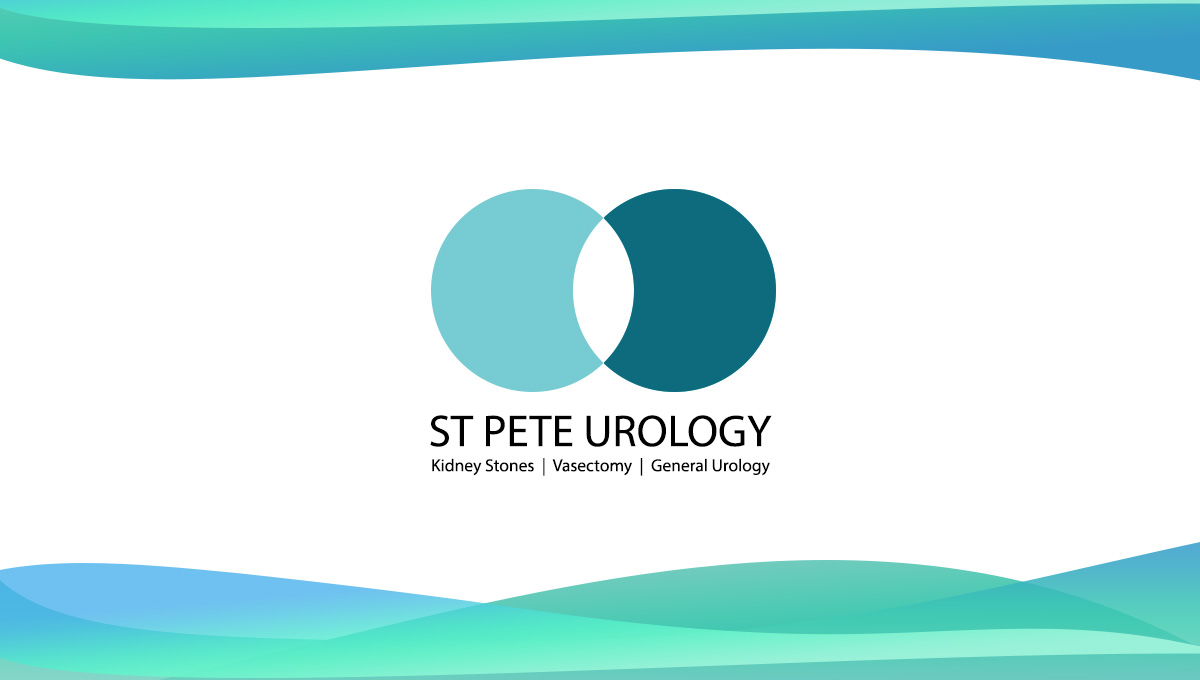Key Takeaways:
- Genetics, diet, medications, and other risk factors can all contribute to the formation of kidney stones.
- Adequate hydration, physical activity, and getting enough calcium can help reduce the risk of kidney stone formation.
- St Pete Urology has specialized experience in the prevention, diagnosis, and treatment of kidney stones.
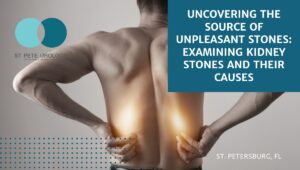 Kidney stones are a common condition that can cause severe pain. They differ in size, shape, and composition and can develop in one or both kidneys. In some cases, they are so small they pass unnoticed with no attendant symptoms. In other cases, the stones are larger, and the symptoms can be quite severe. Identifying the source of the stones can lead to better treatments and even prevention for many individuals. Knowing the causes of kidney stones leads to a better understanding of their development and the steps that should be taken to prevent them.
Kidney stones are a common condition that can cause severe pain. They differ in size, shape, and composition and can develop in one or both kidneys. In some cases, they are so small they pass unnoticed with no attendant symptoms. In other cases, the stones are larger, and the symptoms can be quite severe. Identifying the source of the stones can lead to better treatments and even prevention for many individuals. Knowing the causes of kidney stones leads to a better understanding of their development and the steps that should be taken to prevent them.
Genetics
Genetics may also play a role in kidney stone formation. It appears that inheriting genes from family members may increase the risk of developing stones. Additionally, the risk of kidney stones may vary depending on sex. Men are more likely to develop stones than women.
Diet
Diet also plays a role in stone formation. There is an association between consuming too little dietary calcium and kidney stones. Additionally, foods with a high content of oxalate (such as spinach, chard, rhubarb, and other dark leafy greens) can increase the risk of stone formation.
Medications
Some medications can increase the risk of kidney stones, including certain antibiotics and diuretics. It is also important to pay attention to the potential for dangerous drug interactions with other medications and food.
Other Risk Factors
Dehydration is one of the main risk factors for developing kidney stones. Additionally, underlying medical conditions such as diabetes and gout can increase the risk of developing stones.
Prevention
Fortunately, there are ways to reduce the risk of kidney stone formation. Adequate hydration, including drinking enough fluids, is essential. Additionally, engaging in regular physical activity and getting an appropriate amount of calcium consumption can help prevent the development of stones. Certain medications and supplements can also help reduce the risk.
Conclusion
Kidney stones are common and can be incredibly painful when they reach a certain size. Fortunately, understanding the source of stones and the factors that contribute to their formation can help with diagnosis, treatment and even prevention. Genetics, diet, medications and other risk factors can all influence the development of kidney stones. Therefore, making lifestyle changes and being mindful of risk factors can help reduce the formation of stones.
At St Pete Urology, our physicians have specialized training in the prevention, diagnosis and treatment of kidney stones. Our experienced and caring staff are prepared to help you from diagnosis through treatment, helping you reduce the risk of developing a stone again. Contact us today to get on the path to preventing and treating kidney stones.
References:
- “6 Easy Ways to Prevent Kidney Stones | National Kidney Foundation.” https://www.kidney.org/atoz/content/kidneystones_prevent.
- “Kidney stones – Symptoms and causes – Mayo Clinic.” 3 Jun. 2022, https://www.mayoclinic.org/diseases-conditions/kidney-stones/symptoms-causes/syc-20355755.
- “Causes and Risk Factors | My Kidney Stone | Boston Scientific.” https://www.mykidneystone.com/en-US/basics/causes-risk-factors.html.

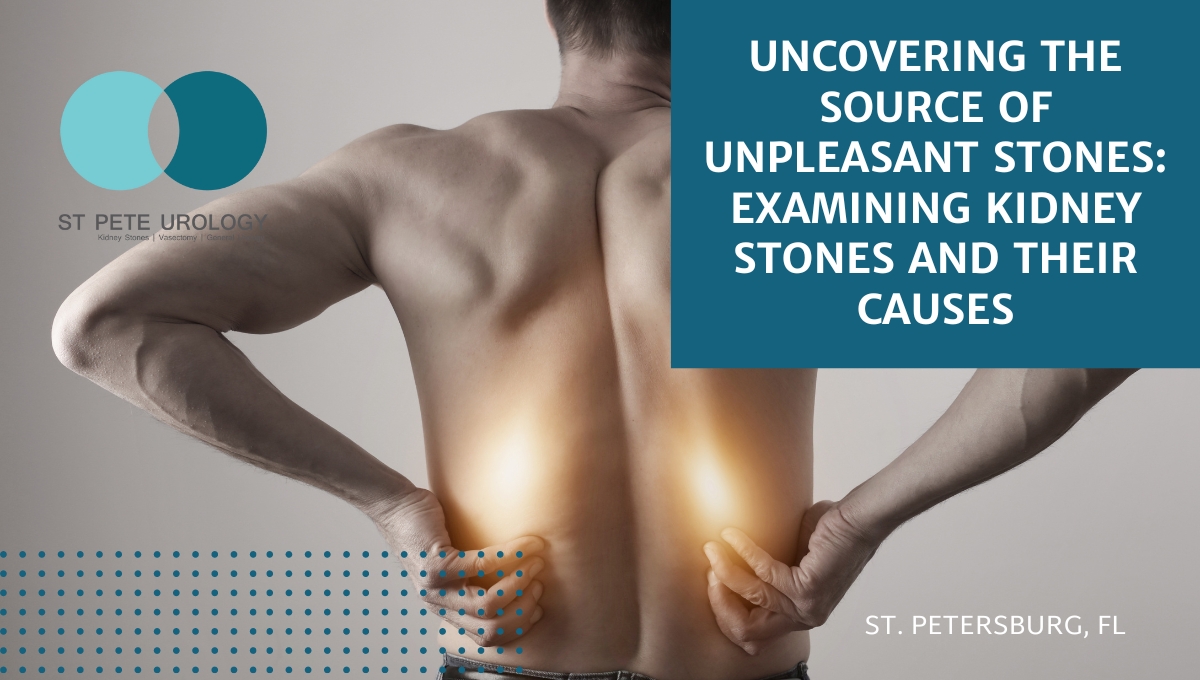
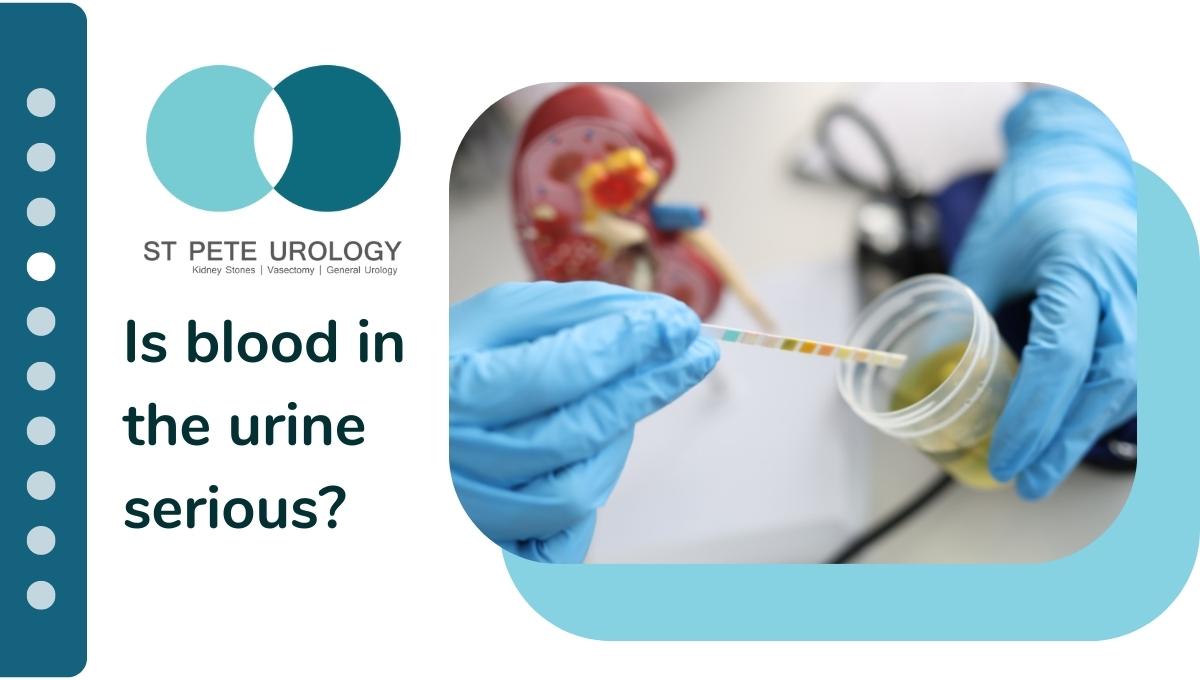
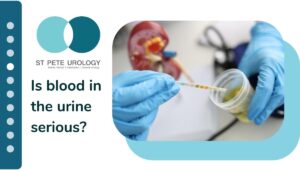 Blood in the urine, medically referred to as hematuria, should always be taken seriously because any blood in urine can indicate an elevated risk of severe health problems even if it occurs once.
Blood in the urine, medically referred to as hematuria, should always be taken seriously because any blood in urine can indicate an elevated risk of severe health problems even if it occurs once. 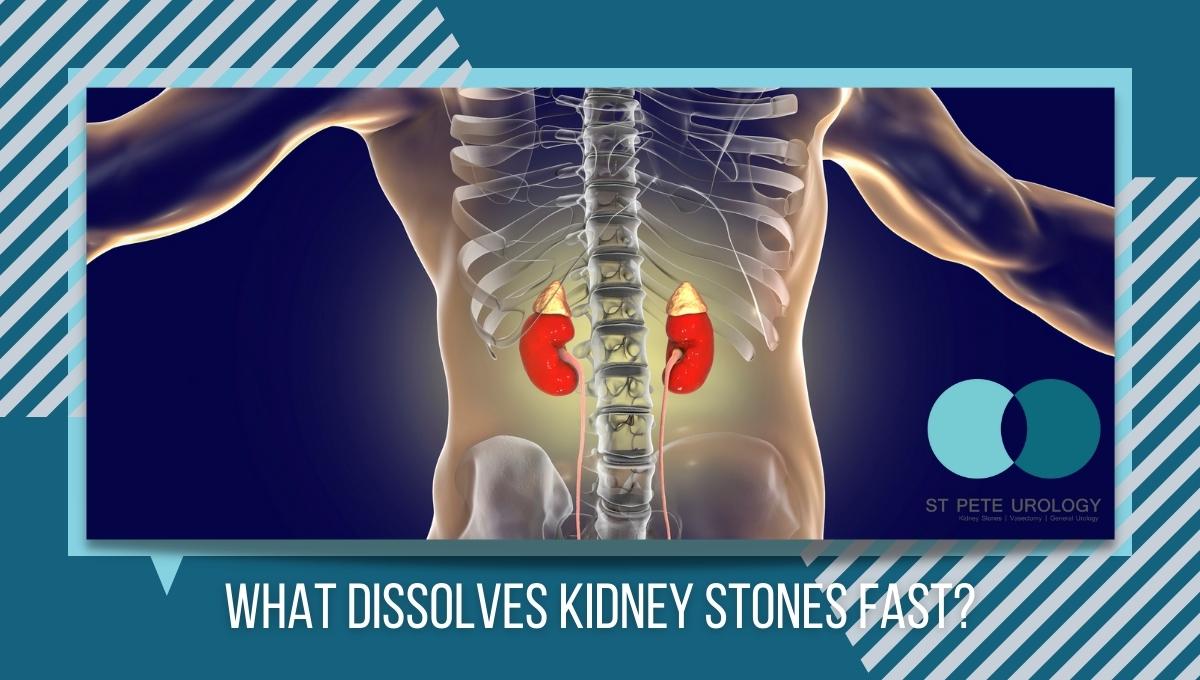
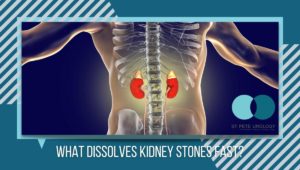 You’re suddenly in an excruciating pain. You have a sharp, cramping pain in your back and side that comes in waves. And the overwhelming feeling moves to your lower abdomen or groin, and hurts badly.
You’re suddenly in an excruciating pain. You have a sharp, cramping pain in your back and side that comes in waves. And the overwhelming feeling moves to your lower abdomen or groin, and hurts badly.
 Kidneys play a significant role in the overall health of the body. They filter out waste products from blood and send them out of the body as waste through urine. The kidneys also balance fluid and electrolyte levels in the body while making hormones that regulate the function of other organs of your body. But to keep your kidneys healthy, you need to watch what you eat and drink because some foods boost the performance of the kidneys while others stress, degrade and damage them.
Kidneys play a significant role in the overall health of the body. They filter out waste products from blood and send them out of the body as waste through urine. The kidneys also balance fluid and electrolyte levels in the body while making hormones that regulate the function of other organs of your body. But to keep your kidneys healthy, you need to watch what you eat and drink because some foods boost the performance of the kidneys while others stress, degrade and damage them.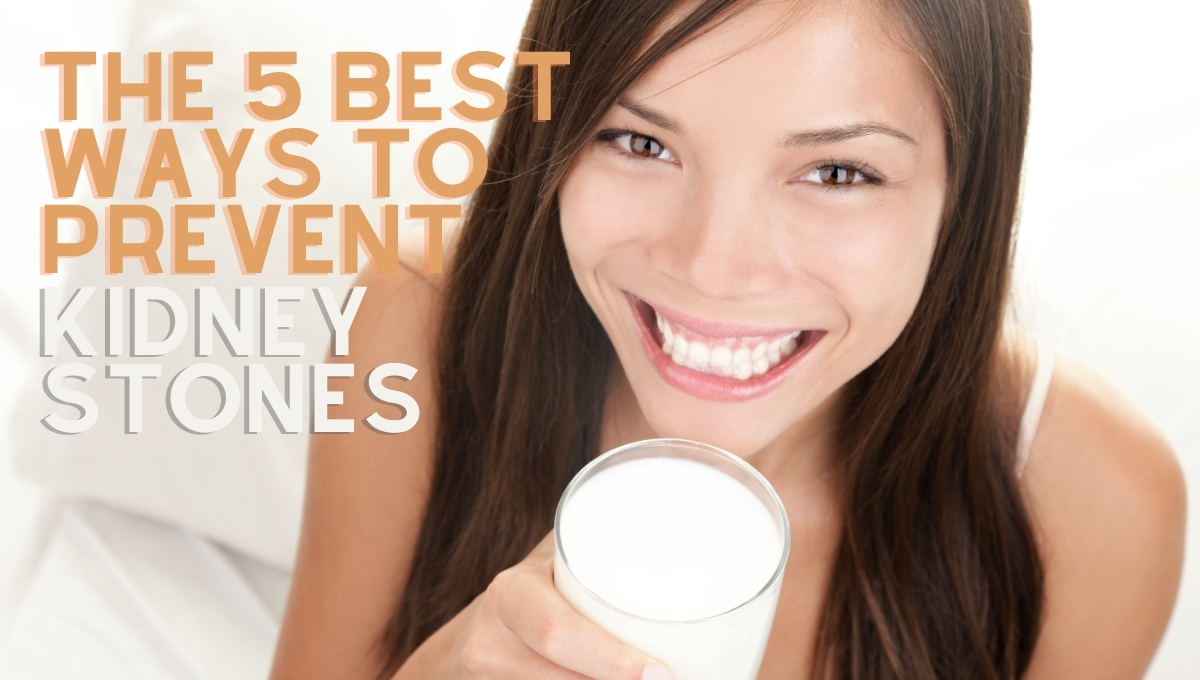
 When certain chemicals become concentrated in urine, they coalesce into crystals. The crystals then grow into larger mineral deposits called kidney stones. Most kidney stones form when calcium combines with either phosphorous or oxalate, but some form from uric acid, a byproduct of protein metabolism. Once formed, kidney stones can make their way through the urinary tract and pass from the body without problems. At other times, a stone will get stuck somewhere, block urine flow and cause intense pain.
When certain chemicals become concentrated in urine, they coalesce into crystals. The crystals then grow into larger mineral deposits called kidney stones. Most kidney stones form when calcium combines with either phosphorous or oxalate, but some form from uric acid, a byproduct of protein metabolism. Once formed, kidney stones can make their way through the urinary tract and pass from the body without problems. At other times, a stone will get stuck somewhere, block urine flow and cause intense pain.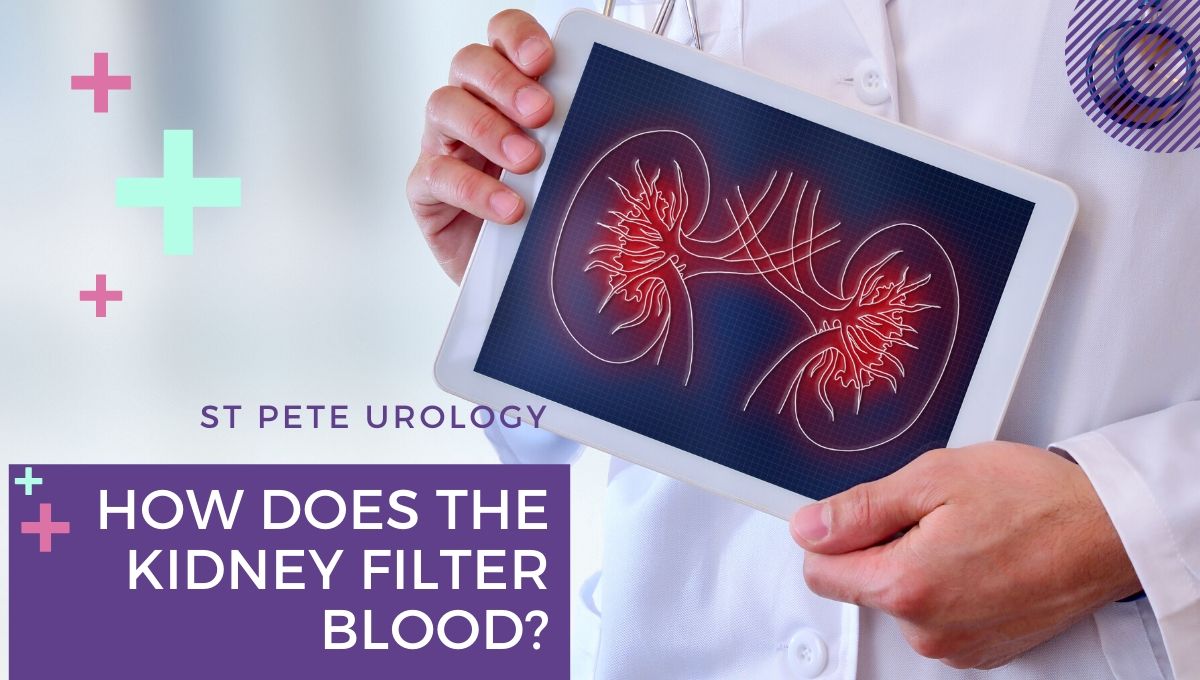
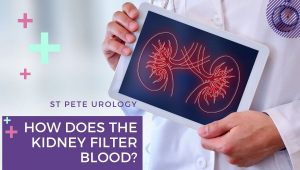 Many people do not realize how vital their kidneys are to their overall health until an issue arises and they need to seek medical care. Knowing what your kidneys do and how they function can go a long way toward maintaining good health before a problem occurs or
Many people do not realize how vital their kidneys are to their overall health until an issue arises and they need to seek medical care. Knowing what your kidneys do and how they function can go a long way toward maintaining good health before a problem occurs or 